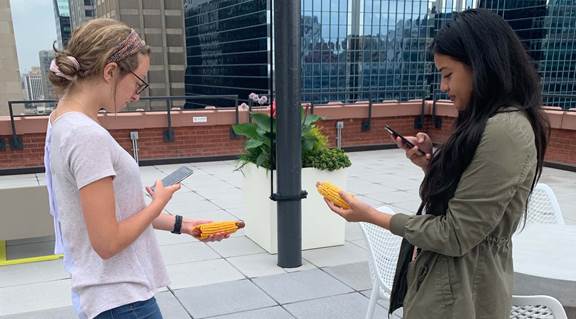If you haven’t met a full-time grower or set foot on a farm lately, then you might not know just how complex modern farming is. In recent decades, the average grower has seen their access to data-based decision workflows multiply exponentially. The advances in technology have been a blessing and curse.
With more data comes more power and with more power comes more responsibility. Growers need to manage day-to-day boots on the ground work, agronomic best practice, personal knowledge and intuition, advanced technical tools, data-driven insights, and business forecasting, often at the same time.
The hard work of farming is in growing the best crop you can with the constraints of the land and weather you have, while also making the most business savvy decisions to turn a profit in the face of dynamic commodity prices, global supply and demand, and increasing environmental regulation. Every season is a new experiment. With the data that is now available to growers it’s easy to have more information to weigh than is digestible for making critical decisions on how to manage day to day operations.
There’s still intuition and experience from years of working the same land and knowing exactly why that one brown patch is low lying land with bad soil that always pools after a rain and never yields well. Multiply this by the thousands of acres even a family farm could be managing, and you’re getting a sense of how many variables a grower needs to balance in their head without even knowing for sure if it’s going to rain tomorrow.

